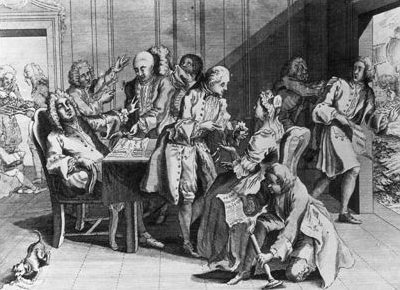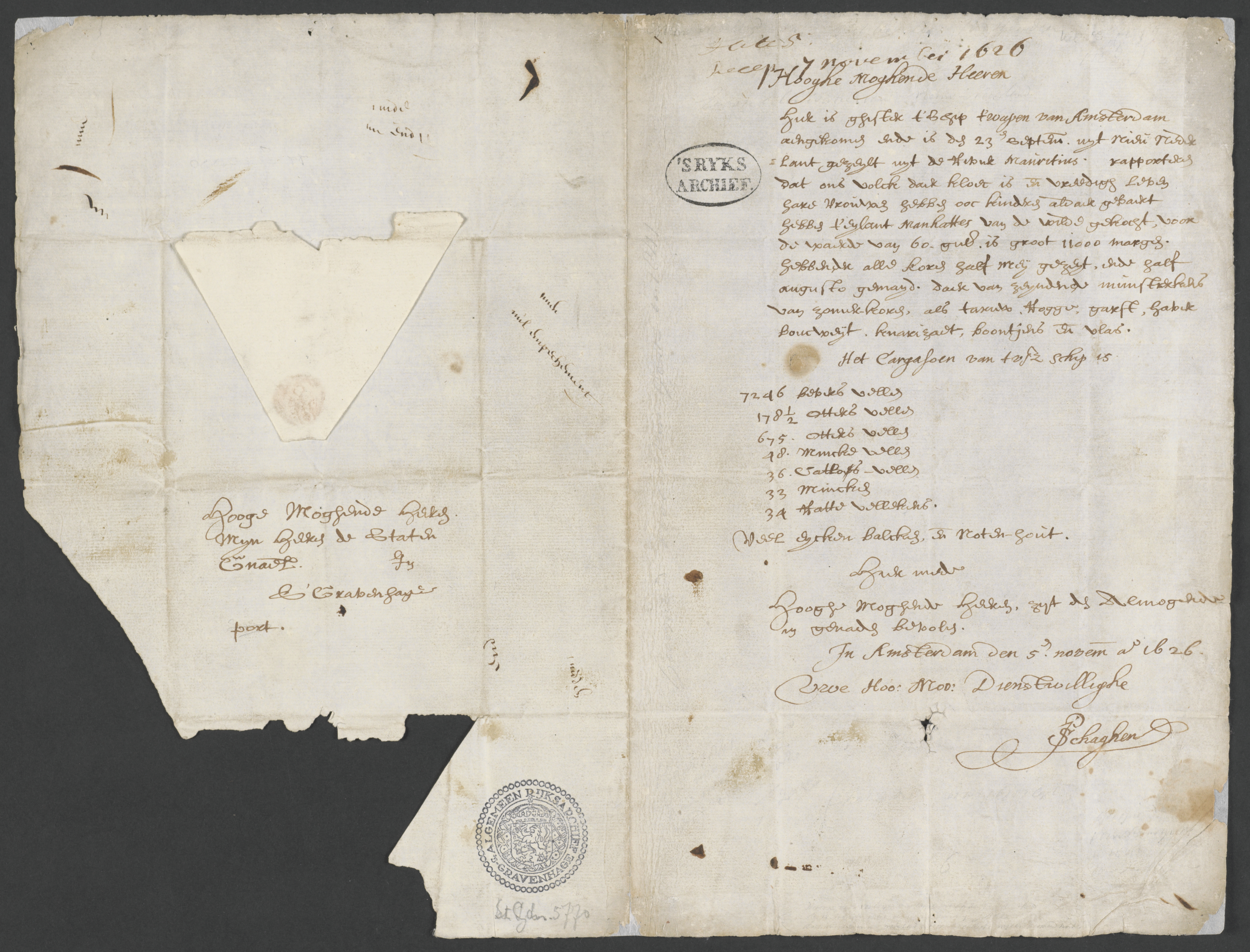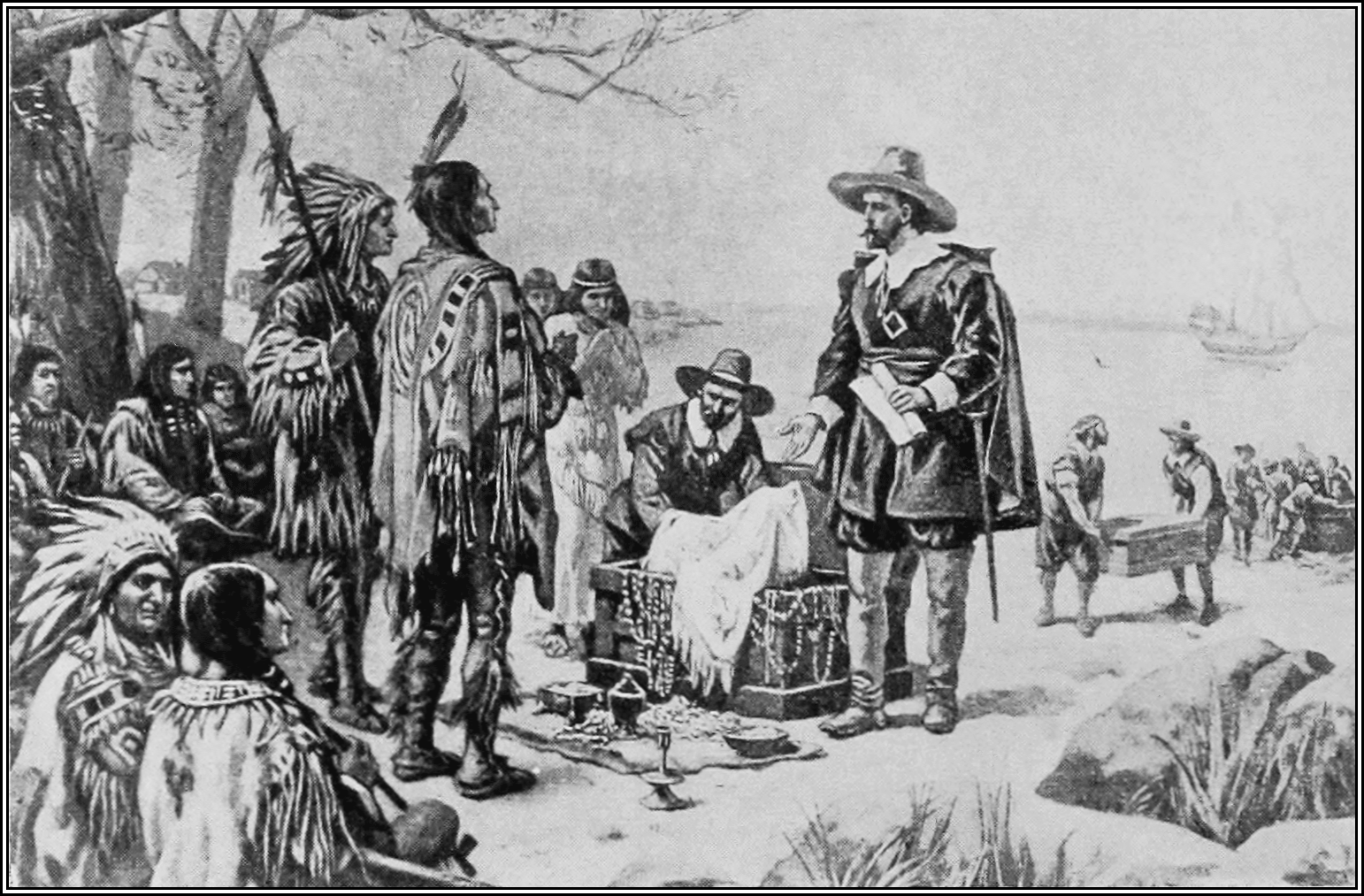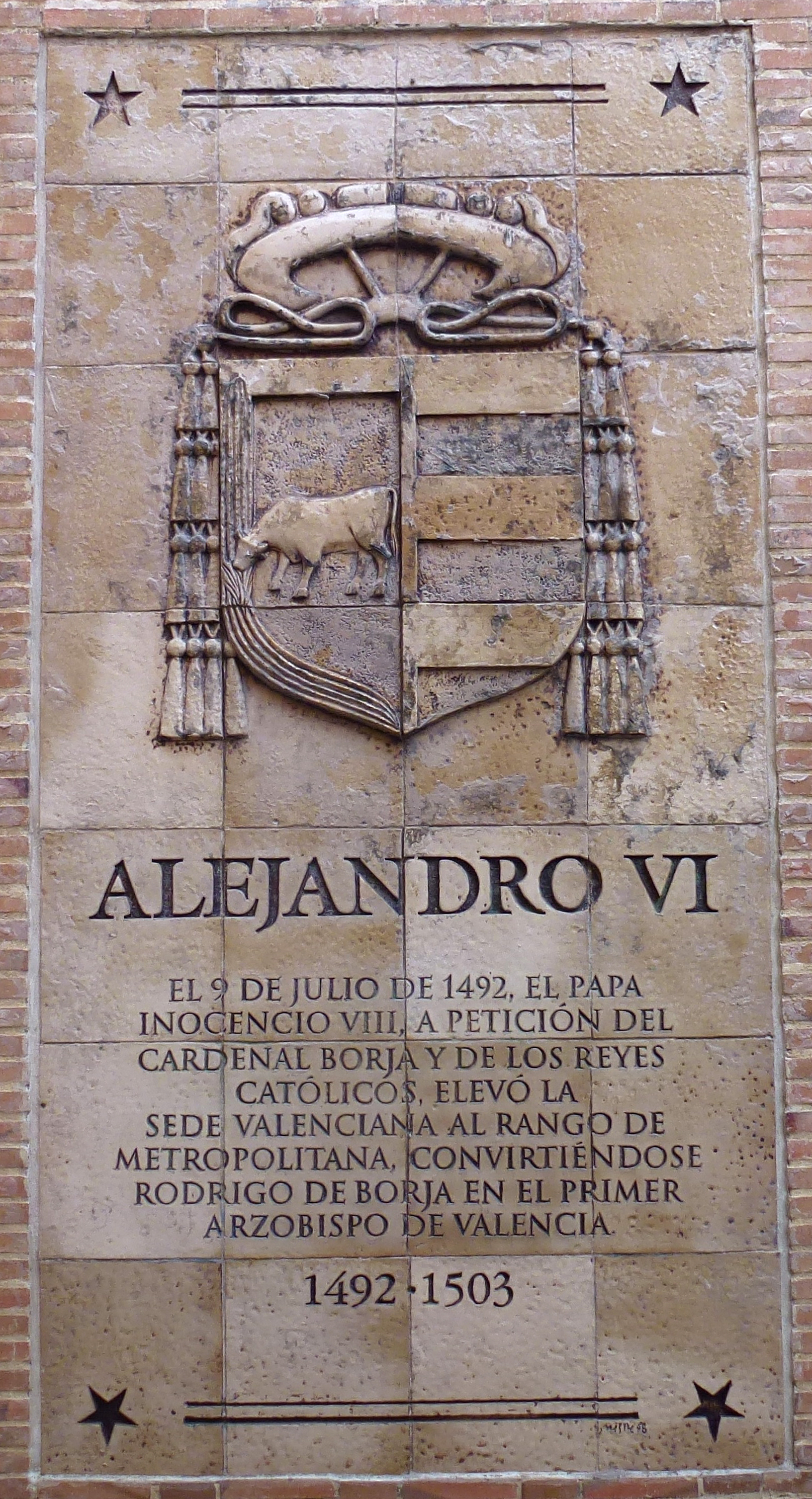|
May 4
Events Pre-1600 * 1256 – The Augustinian monastic order is constituted at the Lecceto Monastery when Pope Alexander IV issues a papal bull ''Licet ecclesiae catholicae''. * 1415 – Religious reformer John Wycliffe is condemned as a heretic at the Council of Constance. * 1436 – Assassination of the Swedish rebel (later national hero) Engelbrekt Engelbrektsson (27 April O.S.). * 1471 – Wars of the Roses: The Battle of Tewkesbury: Edward IV defeats a Lancastrian Army and kills Edward of Westminster, Prince of Wales. * 1493 – In the papal bull '' Inter caetera'', Pope Alexander VI divides the New World between Spain and Portugal along the Line of Demarcation. 1601–1900 * 1626 – Dutch explorer Peter Minuit arrives in New Netherland (present day Manhattan Island) aboard the ''See Meeuw''. * 1738 – The Imperial Theatrical School, the first ballet school in Russia, is founded. *1776 – Rhode Island becomes the first American ... [...More Info...] [...Related Items...] OR: [Wikipedia] [Google] [Baidu] |
1256
Year 1256 ( MCCLVI) was a leap year starting on Saturday of the Julian calendar. Events By place Mongol Empire * Spring – Mongol forces (some 80,000 men), under Hulagu Khan, cross the Oxus River, and begin their campaign to destroy the remaining Muslim states in southwestern Asia – with the first objectives being the Nizari Ismaili strongholds and Baghdad, the capital of the Abbasid Caliphate. The roads across Turkestan and Persia are repaired, and bridges built. Carts are requisitioned to bring siege machines from China. * October – Mongol forces led by Baiju Noyan (operating under Hulagu Khan's command) win a victory over Kaykaus II, Seljuk ruler of the Sultanate of Rum, and capture Anatolia. Kaykaus flees to the Byzantine court where he seeks refuge at Constantinople. The Empire of Trebizond fearing a potential punitive Mongol expedition, becomes a vassal state and is forced to pay a tribute tax every year in gold and silk. * November 8&ndash ... [...More Info...] [...Related Items...] OR: [Wikipedia] [Google] [Baidu] |
House Of Lancaster
The House of Lancaster was a cadet branch of the royal House of Plantagenet. The first house was created when King Henry III of England created the Earldom of Lancasterfrom which the house was namedfor his second son Edmund Crouchback in 1267. Edmund had already been created Earl of Leicester in 1265 and was granted the lands and privileges of Simon de Montfort, 6th Earl of Leicester, after de Montfort's death and attainder at the end of the Second Barons' War. When Edmund's son Thomas, 2nd Earl of Lancaster, inherited his father-in-law's estates and title of Earl of Lincoln he became at a stroke the most powerful nobleman in England, with lands throughout the kingdom and the ability to raise vast private armies to wield power at national and local levels. This brought himand Henry, 3rd Earl of Lancaster, Henry, his younger brotherinto conflict with their cousin King Edward II, leading to Thomas's execution. Henry inherited Thomas's titles and he and his son, who was also calle ... [...More Info...] [...Related Items...] OR: [Wikipedia] [Google] [Baidu] |
1776
Events January–February * January 1 – American Revolutionary War – Burning of Norfolk: The town of Norfolk, Virginia is destroyed, by the combined actions of the British Royal Navy and occupying Patriot forces. * January 10 – American Revolution – Thomas Paine publishes his pamphlet '' Common Sense'', arguing for independence from British rule in the Thirteen Colonies. * January 20 – American Revolution – South Carolina Loyalists led by Robert Cunningham sign a petition from prison, agreeing to all demands for peace by the formed state government of South Carolina. * January 24 – American Revolution – Henry Knox arrives at Cambridge, Massachusetts, with the artillery that he has transported from Fort Ticonderoga. * February 17 – Edward Gibbon publishes the first volume of ''The History of the Decline and Fall of the Roman Empire''. * February 27 – American Revolution – Battle of Moore's Creek Brid ... [...More Info...] [...Related Items...] OR: [Wikipedia] [Google] [Baidu] |
Vaganova Academy Of Russian Ballet
The Vaganova Academy of Russian Ballet is a school of classical ballet in St Petersburg, Russia. Established in 1738 during the reign of Empress Anna, the academy was known as the Imperial Ballet School until the Soviet era, when, after a brief hiatus, the school was re-established as the Leningrad State Choreographic Institute. In 1957, the school was renamed in honor of the pedagogue Agrippina Vaganova, who cultivated the method of classical ballet training that has been taught there since the late 1920s. Many of the world's leading ballet schools have adopted elements of the Vaganova method into their own training. The Vaganova Academy is the associate school of the Mariinsky Ballet, one of the world's leading ballet companies. Students of the school have found employment with ballet and contemporary companies worldwide, such as the Bolshoi Ballet, The Royal Ballet, American Ballet Theatre and the Mikhailovsky Ballet. History The school was established as the Imperial Thea ... [...More Info...] [...Related Items...] OR: [Wikipedia] [Google] [Baidu] |
1738
Events January–March * January 1 – At least 664 African slaves drown when the Dutch West Indies Company slave ship ''Leusden'' capsizes and sinks in the Maroni River during its arrival in Surinam. The Dutch crew escapes, and leaves the slaves locked below decks to die. * January 3 – George Frideric Handel's opera '' Faramondo'' is given its first performance. * January 7 – After the Maratha Empire of India wins the Battle of Bhopal over the Jaipur State, Jaipur cedes the Malwa territory to the Maratha in a treaty signed at Doraha. * February 4 – Court Jew Joseph Süß Oppenheimer is executed in Württemberg. * February 11 – Jacques de Vaucanson stages the first demonstration of an early automaton, '' The Flute Player'' at the Hotel de Longueville in Paris, and continues to display it until March 30. * February 20 – The Swedish Levant Company is founded. * March 28 – Mariner Robert Jenkins presents a pickled ear, wh ... [...More Info...] [...Related Items...] OR: [Wikipedia] [Google] [Baidu] |
Manhattan Island
Manhattan ( ) is the most densely populated and geographically smallest of the five boroughs of New York City. Coextensive with New York County, Manhattan is the smallest county by area in the U.S. state of New York. Located almost entirely on Manhattan Island near the southern tip of the state, Manhattan constitutes the center of the Northeast megalopolis and the urban core of the New York metropolitan area. Manhattan serves as New York City's economic and administrative center and has been described as the cultural, financial, media, and entertainment capital of the world. Present-day Manhattan was originally part of Lenape territory. European settlement began with the establishment of a trading post by Dutch colonists in 1624 on Manhattan Island; the post was named New Amsterdam in 1626. The territory came under English control in 1664 and was renamed New York after King Charles II of England granted the lands to his brother, the Duke of York. New York, based in pre ... [...More Info...] [...Related Items...] OR: [Wikipedia] [Google] [Baidu] |
New Netherland
New Netherland () was a colony of the Dutch Republic located on the East Coast of what is now the United States. The claimed territories extended from the Delmarva Peninsula to Cape Cod. Settlements were established in what became the states of New York, New Jersey, Delaware, and Connecticut, with small outposts in Pennsylvania and Rhode Island. The colony was originally conceived by the Dutch West India Company (GWC) in 1621 to capitalize on the North American fur trade. Settlement initially stalled because of policy mismanagement by the GWC and conflicts with Native Americans. The settlement of New Sweden by the Swedish South Company encroached on its southern flank, while its eastern border was redrawn to accommodate the English colonies of an expanding New England Confederation. The colony experienced dramatic growth during the 1650s and became a major center for trade across the North Atlantic. The Dutch conquered New Sweden in 1655 but, during the Second Anglo-Dut ... [...More Info...] [...Related Items...] OR: [Wikipedia] [Google] [Baidu] |
Peter Minuit
Peter Minuit (French language, French: ''Pierre Minuit'', Dutch language, Dutch: ''Peter Minnewit''; 1580 – August 5, 1638) was a Walloons, Walloon merchant and politician who was the 3rd Director of New Netherland, Director of the Dutch North American colony of New Netherland from 1626 until 1631, and 3rd Governor of New Netherland. He founded the Sweden, Swedish colony of New Sweden on the Delaware Peninsula in 1638. Minuit was born in Wesel, in present-day northwestern Germany. He is generally credited with orchestrating the purchase of Manhattan Island for the Dutch West India Company from representatives of the Lenape, Native Americans in the United States, the area's indigenous people. Manhattan later became the site of the Dutch city of New Amsterdam, and the borough of Manhattan of modern-day New York City. A letter written by Dutch merchant Peter Schaghen to directors of the Dutch East India Company stated that Manhattan was purchased for "60 Guilder, guilders worth o ... [...More Info...] [...Related Items...] OR: [Wikipedia] [Google] [Baidu] |
1626
Events January–March * January 7 – Polish–Swedish War (1625–1629), Polish-Swedish War: Battle of Wallhof in Latvia – Gustavus Adolphus, King of Sweden, defeats a Polish army. * January 9 – Peter Minuit sails from Texel Island for America's New Netherland colony, with two ships of Dutch emigrants. * February 2 – King Charles I of England is crowned, but without his wife, Henrietta Maria, who declines to participate in a non-Catholic ceremony. * February 5 – The Huguenot rebels and the French government sign the Treaty of Paris (1626), Treaty of Paris, ending the second Huguenot rebellion. * February 10 – Battle of Ningyuan: In Xingcheng in China, after an 8-day battle, Ming dynasty commander Yuan Chonghuan defeats the much larger force of Manchu people, Manchu leader Nurhaci, who dies soon after and is succeeded by Huang Taiji. * February 11 – Emperor Susenyos of Ethiopia and Patriarch Afonso Mendes declare the primacy ... [...More Info...] [...Related Items...] OR: [Wikipedia] [Google] [Baidu] |
Line Of Demarcation
The Treaty of Tordesillas, signed in Tordesillas, Spain, on 7 June 1494, and ratified in Setúbal, Portugal, divided the newly discovered lands outside Europe between the Kingdom of Portugal and the Crown of Castile, along a meridian west of the Cape Verde islands, off the west coast of Africa. That line of demarcation was about halfway between Cape Verde (already Portuguese) and the islands visited by Christopher Columbus on his first voyage (claimed for Castile and León), named in the treaty as Cipangu and Antillia (Cuba and Hispaniola). The lands to the east would belong to Portugal and the lands to the west to Castile, modifying an earlier bull by Pope Alexander VI. The treaty was signed by Spain on , and by Portugal on . The other side of the world was divided a few decades later by the Treaty of Zaragoza, signed on , which specified the antimeridian to the line of demarcation specified in the Treaty of Tordesillas. Portugal and Spain largely respected the treaties, w ... [...More Info...] [...Related Items...] OR: [Wikipedia] [Google] [Baidu] |
New World
The term "New World" is used to describe the majority of lands of Earth's Western Hemisphere, particularly the Americas, and sometimes Oceania."America." ''The Oxford Companion to the English Language'' (). McArthur, Tom, ed., 1992. New York: Oxford University Press, p. 33: "[16c: from the feminine of ''Americus'', the Latinized first name of the explorer Amerigo Vespucci (1454–1512). The name ''America'' first appeared on a map in 1507 by the German cartographer Martin Waldseemüller, referring to the area now called Brazil]. Since the 16th century, the term "New World" has been used to describe the Western Hemisphere, often referred to as the Americas. Since the 18th century, it has come to represent the United States, which was initially colonial British America until it established independence following the American Revolutionary War. The second sense is now primary in English: ... However, the term is open to uncertainties: ..." The term arose in the early 16th ... [...More Info...] [...Related Items...] OR: [Wikipedia] [Google] [Baidu] |
Pope Alexander VI
Pope Alexander VI (, , ; born Roderic Llançol i de Borja; epithet: ''Valentinus'' ("The Valencian"); – 18 August 1503) was head of the Catholic Church and ruler of the Papal States from 11 August 1492 until his death in 1503. Born into the prominent Borja family in Xàtiva in the Kingdom of Valencia under the Crown of Aragon, he was known as Roderic de Borja, and he is commonly referred to by the Italianized form as Rodrigo Borgia. He studied law at the University of Bologna. He was ordained deacon and made a cardinal in 1456 after the election of his uncle as Pope Callixtus III, and a year later he became vice-chancellor of the Catholic Church. He proceeded to serve in the Roman Curia under the next four popes, acquiring significant influence and wealth in the process. In 1492, Rodrigo was elected pope, taking the name Alexander VI. Alexander's papal bulls of 1493 confirmed or reconfirmed the rights of the Spanish crown in the New World following the finds of Christop ... [...More Info...] [...Related Items...] OR: [Wikipedia] [Google] [Baidu] |






